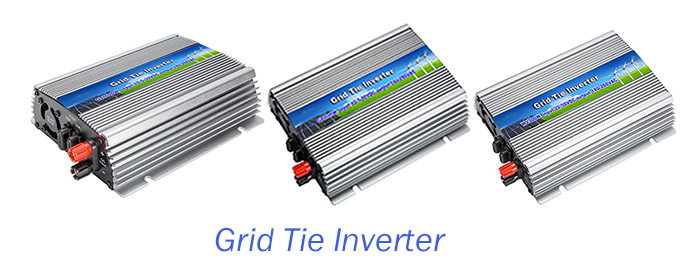What is the on-grid inverter data sheet?
It's a sheet shows the on-grid inverter specs, so can judge if the inverter can be used in our system or not. It's an important matter to be able to read the sheet and understand it before buying the on grid inverter.
Who are needing on-grid inverter data sheet?
It will be needed mainly for solar on-grid system designer, any one wants to buy and even on grid system owner/user. To be honest, all personnel dealing with the on-grid solar system have to be able to read the data sheet and understand it well.

On-grid inverter data sheet main parameters.
There will be 9 parameters you need to fully understand what are they mean, let us list them as following:
1. Max efficiency:
It refers to height efficiency we can get from the on grid inverter, typically it varies between 94-98%, and off course the higher the better.
2. Rated output power:
It measured in Watt or Kilowatt, and refers max power we can get from the inverter.
3. Rated output voltage:
This value refers to utility (electrical distribution system) AC voltage that inverter will be connected to, and it may be 1-phase or 3-phase.
4. Maximum input current:
It refers to max DC current produced by the solar system, and if current generated by solar system is above this limit, then all excessive current will not be used, it will be useless.
5. Maximum output current:
It refers to max AC current the grid tie inverter can produce, and you will be needing to know this value in order to select over current protection devices like fuses or breaker.
6. Max power tracking voltage:
It refers to DC input voltage range in which the on-grid inverter will work in MPPT (maximum power point tracking) zone. Its an important value the designer must know, so can design the string voltage where most of the year the DC voltage inputs to the inverter should fall in this range, so achieving max efficiency and yield. Of course, this will not be an easy task as the voltage fluctuates with the change in temperature.
7. Starting voltage:
It refers to minimum DC voltage required to start the grid tie inverter. Below this value, inverter will not work, so designer always keep an eye on this value to be higher enough, so sometimes he makes his calculation based on low level of max power tracking voltage to be in safe side.
8. Protection degree:
Usually denoted by IP--, its protection level against the ingress of solid objects (first digit) and water proof (second digit). So of course, the higher the better. In USA, they usually refer to this specs by Nema enclosure type, where Nema 4 is tighter (resistance to solid particles and water) than Nema 1.
9. Certificate of compliance:
This shows the standards/tests in which the on grid inverter is in compliance with. Like CE or UL…. etc.
